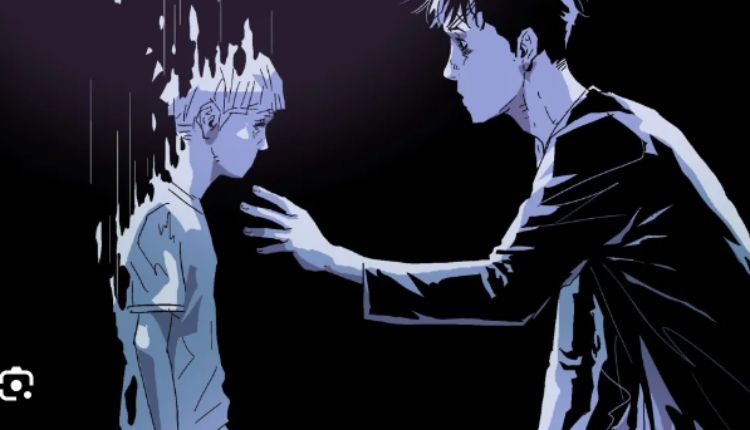In an era where digital storytelling reigns supreme, the convergence of technology and creativity has given birth to a fascinating trend: the adaptation of webtoons into television shows. This article explores the journey of converting webtoons, a popular digital medium, into the realm of television, delving into the challenges, successes, and the evolving landscape of media consumption.
1. The Rise of Webtoon A Digital Revolution: Webtoons, digital comics optimized for vertical scrolling, have captivated audiences worldwide. These bite-sized narratives, accessible on smartphones and computers, offer a unique reading experience. Their visually engaging format, accompanied by intricate storytelling, has paved the way for their migration to television.
2. Adapting to a Different Medium: Challenges and Triumphs: Translating a webtoon’s essence from pixels to screens presents both artistic and technical challenges. Adapters must capture the visual style, intricate details, and emotional depth of the original work while adhering to the conventions of television storytelling. This delicate balance requires a deep understanding of both mediums.
3. The Art of Storytelling: Pacing and Expansion: A webtoon’s panels and episodes are meticulously crafted to engage readers over time. Adapting these into a television format demands strategic pacing to maintain suspense and intrigue. Additionally, writers and directors often seize the opportunity to expand on characters and plotlines, enriching the original narrative.
4. Visual Translation: From Panels to Cinematic Shots: The transition from static images to moving frames requires a visual transformation that retains the webtoon’s essence. Adapters must decide which elements to preserve while employing cinematic techniques to evoke the same emotions the webtoon conveyed through its art.
5. Casting and Character Authenticity: Bringing webtoon characters to life involves selecting actors who embody both the physical attributes and emotional nuances of the original drawings. Achieving this authenticity helps maintain the connection between the source material and the adaptation.
6. Fidelity vs. Creative Freedom: Balancing Adaptation: Adapting a webtoon requires navigating the fine line between honoring the original and exercising creative freedom. Striking the right balance ensures that both fans of the webtoon and newcomers to the adaptation can enjoy the show.
7. Success Stories: Notable Adaptations: Several successful adaptations have proven the potential of webtoon-to-television transitions. “Sweet Home,” based on a popular Korean webtoon, brought supernatural horror to the screen, while “Tower of God” introduced viewers to a captivating fantasy realm. These successes underscore the viability of webtoon adaptations in the television landscape.
8. Cultural Transitions and International Appeal: Webtoons are global phenomena, transcending geographical borders. As they’re adapted for television, they introduce international audiences to diverse cultures, beliefs, and storytelling traditions, fostering cross-cultural exchange and appreciation.
9. The Influence of Fans and Feedback: Engaging with fan communities and feedback can significantly impact adaptations. Creators, adapters, and networks often pay attention to fans’ reactions, modifying storylines or visual aspects based on their responses.
10. Navigating Copyright and Creative Collaboration: The adaptation process involves a delicate dance between creators, adapters, and networks to ensure the integrity of the source material while making necessary changes for television. Copyright negotiations, collaborations, and clear communication are vital to a successful transition.
11. The Future of Webtoon Adaptations: As digital storytelling continues to evolve, the trend of adapting webtoons into television shows is likely to expand. The growing interest in unique narratives, combined with the appeal of familiar IP, ensures that this convergence of mediums will remain a dynamic force.
Conclusion: The conversion of webtoons into television shows is a testament to the ever-changing landscape of media consumption. It demonstrates the ability of digital platforms to transcend their original formats and captivate audiences on different screens. As this trend continues to flourish, the relationship between webtoon creators, adapters, and television networks will shape the future of storytelling in unprecedented ways.
Feel free to expand on specific examples of adaptations, elaborate on challenges faced by creators, or include additional insights that reflect the dynamic relationship between webtoons and television

